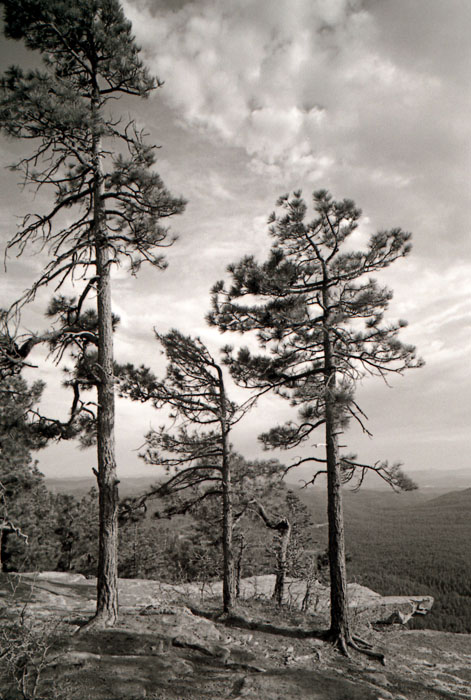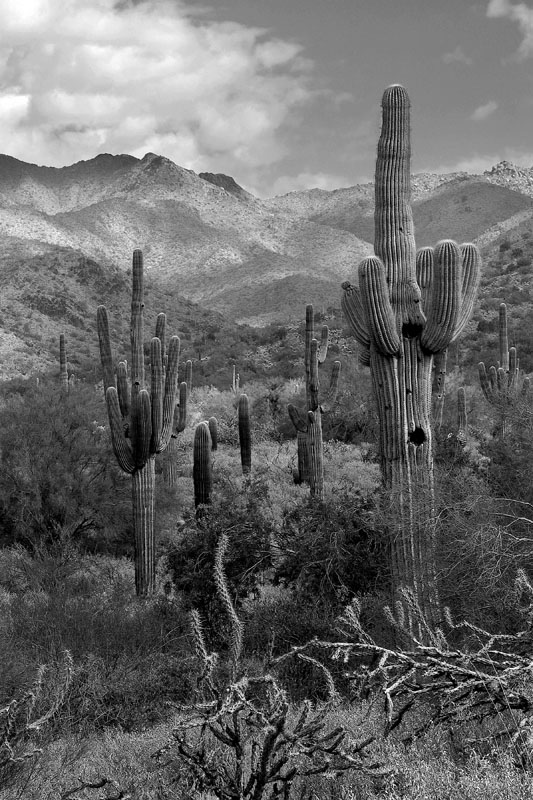dazedgonebye
Veteran
Well, I've got the stuff I need for developing 4x5, I've got enough things for sale on ebay to raise a little money...there's a real danger of my doing something large format in the near future.
Here's the thing I'm wondering at the moment.
I know I'm going to want wide angle...something maybe 65 or 75mm. I shoot a lot of wide landscapes and am looking forward to shooting them large.
Here is the sort of thing I do in wide (21mm on 35mm film).

At times though, I like to shoot a more compressed landscape and that's something that's got me a bit concerned. This shot was with an 85mm lens on a Canon crop dslr. That's about 135mm in 35mm terms and what...about 500mm on 4x5?
Is this something I just have to learn to live without?

I'm not a big fan of "normal" focal lengths, prefering to go wide or go long. Since long doesn't seem to be a practical goal with large format, I wonder if I shouldn't just plan my kit around wide and be done with it.
Here's the thing I'm wondering at the moment.
I know I'm going to want wide angle...something maybe 65 or 75mm. I shoot a lot of wide landscapes and am looking forward to shooting them large.
Here is the sort of thing I do in wide (21mm on 35mm film).

At times though, I like to shoot a more compressed landscape and that's something that's got me a bit concerned. This shot was with an 85mm lens on a Canon crop dslr. That's about 135mm in 35mm terms and what...about 500mm on 4x5?
Is this something I just have to learn to live without?

I'm not a big fan of "normal" focal lengths, prefering to go wide or go long. Since long doesn't seem to be a practical goal with large format, I wonder if I shouldn't just plan my kit around wide and be done with it.

